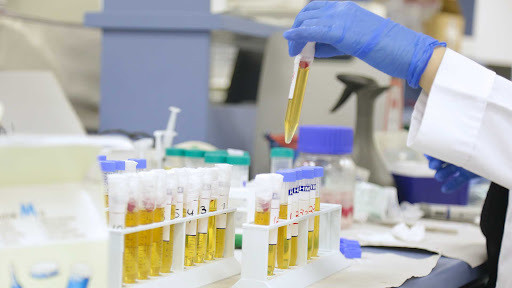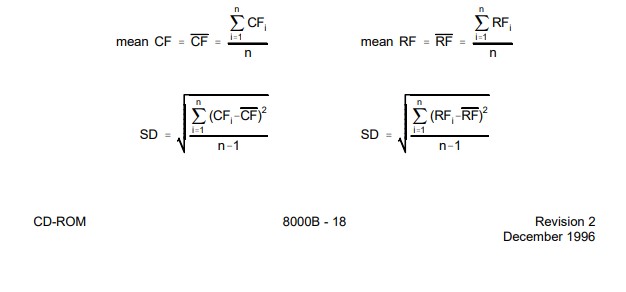USGS Method I-2187-85

Synthetic hydroxyapatite (HAp) bioceramics commonly serve as non-load bearing implants due to their bone-like composition. Additionally, the porous structure promotes tissue ingrowth and osseointegration. However, HAp bioceramics have insufficient mechanical properties and low bioactivity. This study aims to evaluate how substituted chloride levels in hydroxyapatite (ClHAP) affect the surface and mechanical properties, and osteoblastic response.
ClHAP was made via an aqueous precipitation method followed by hydraulic compaction and sintering at 1100 °C for 16 h. This study demonstrated highly densified 2–10% ClHAP bioceramics with outstanding surface hardness and compressive strength, and enhanced surface wettability, relative to other HAp bioceramics. The 2–10% ClHAP bioceramics showed slight acidity and chloride release in vitro, which did not significantly affect the osteoblast adhesion or proliferation. In conclusion, 2–10% ClHAP bioceramics are optimal for implantation for their superior surface and mechanical properties, biocompatibility, and potential for long-term osseointegration.

There are no products listed under this category.